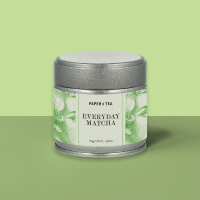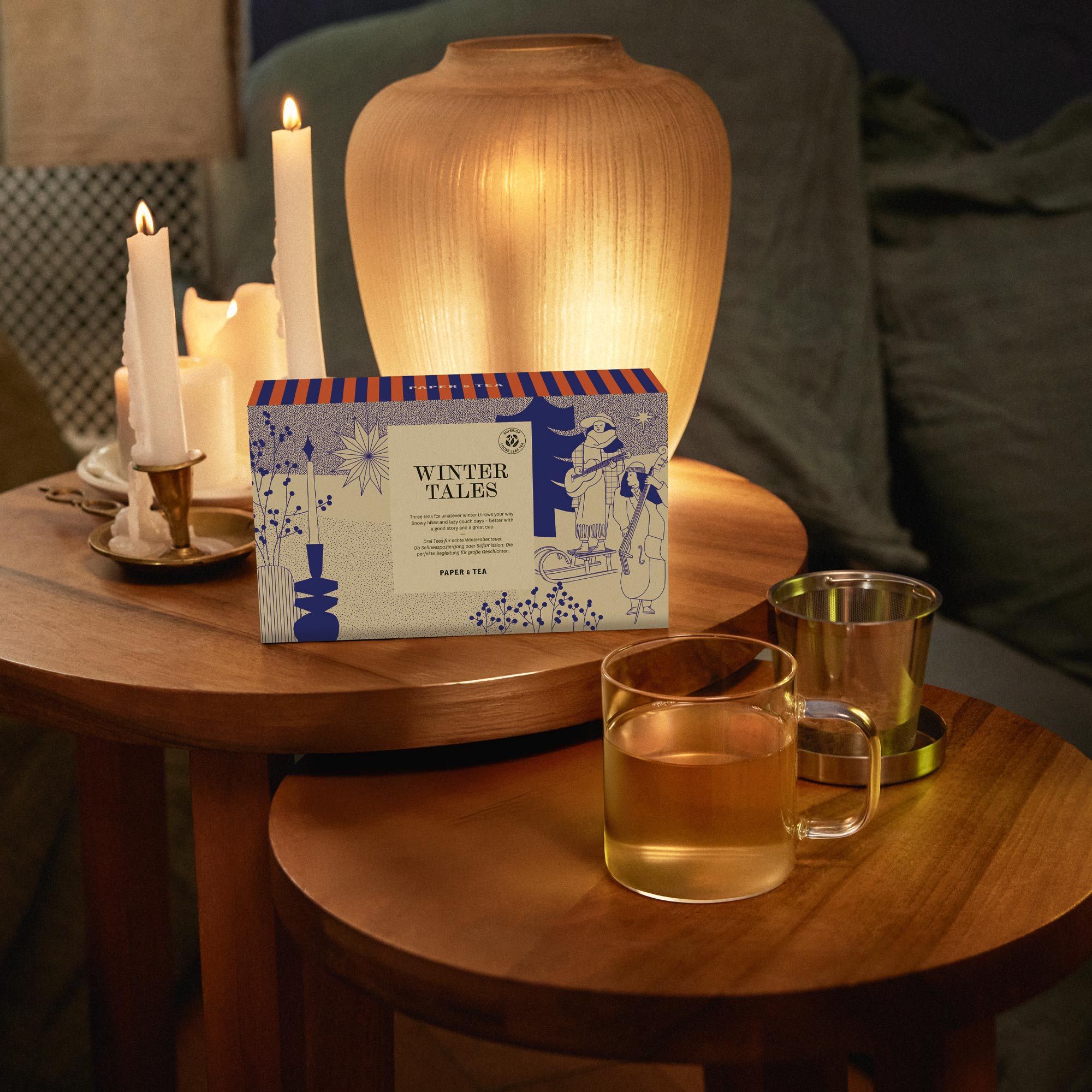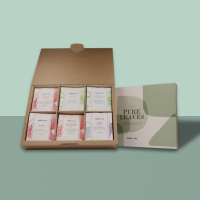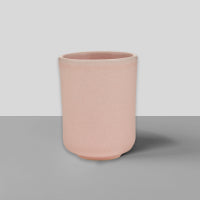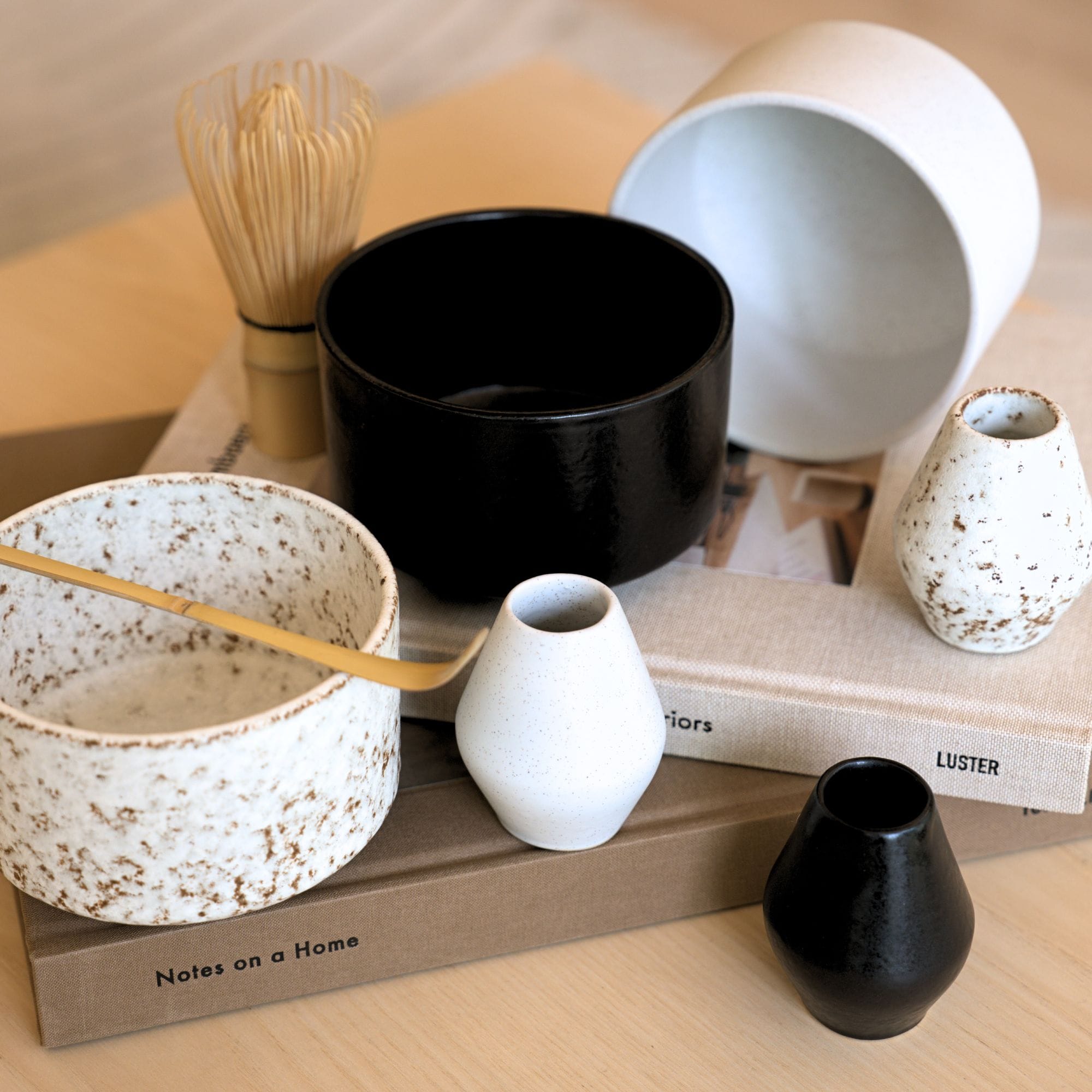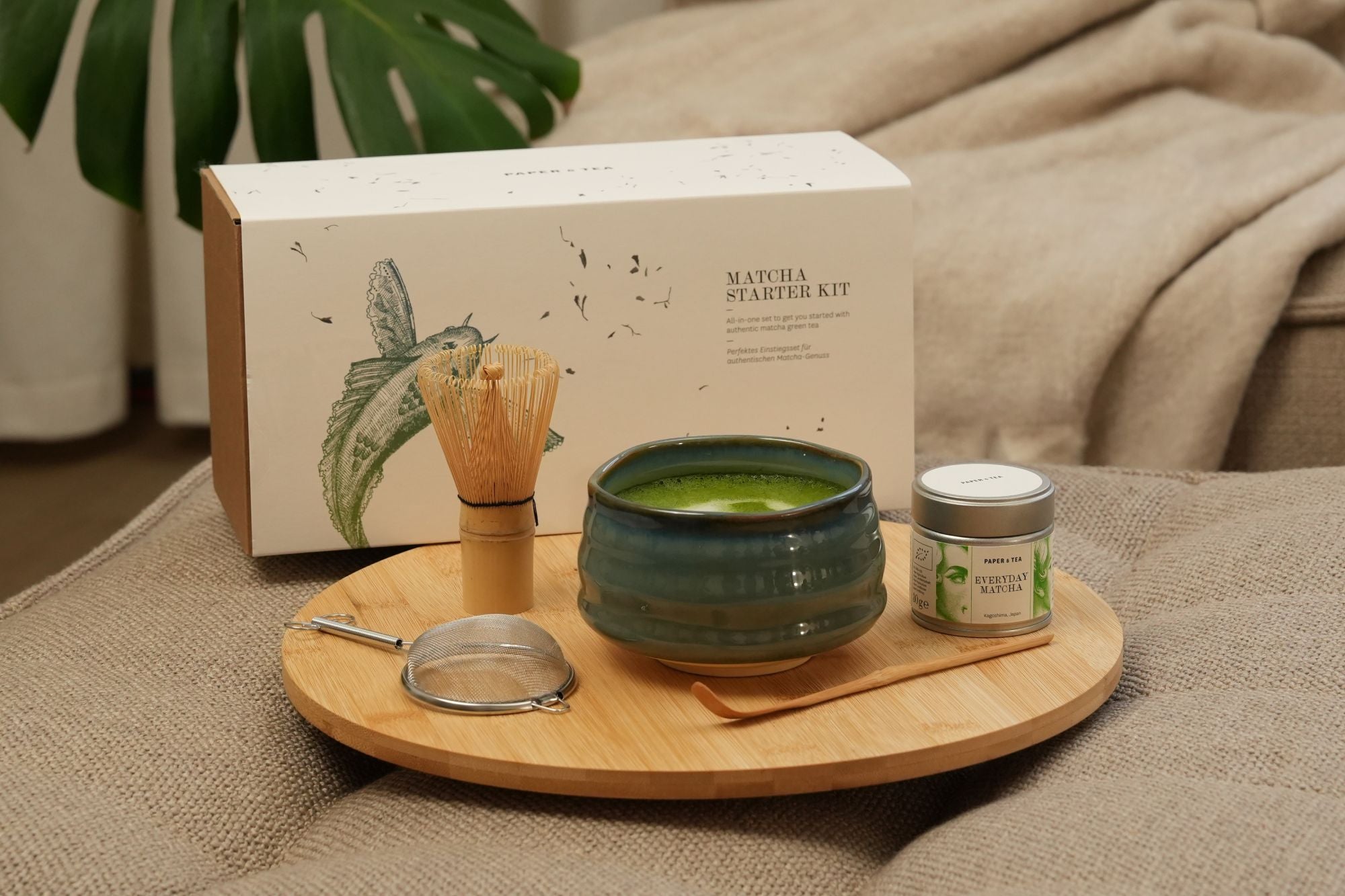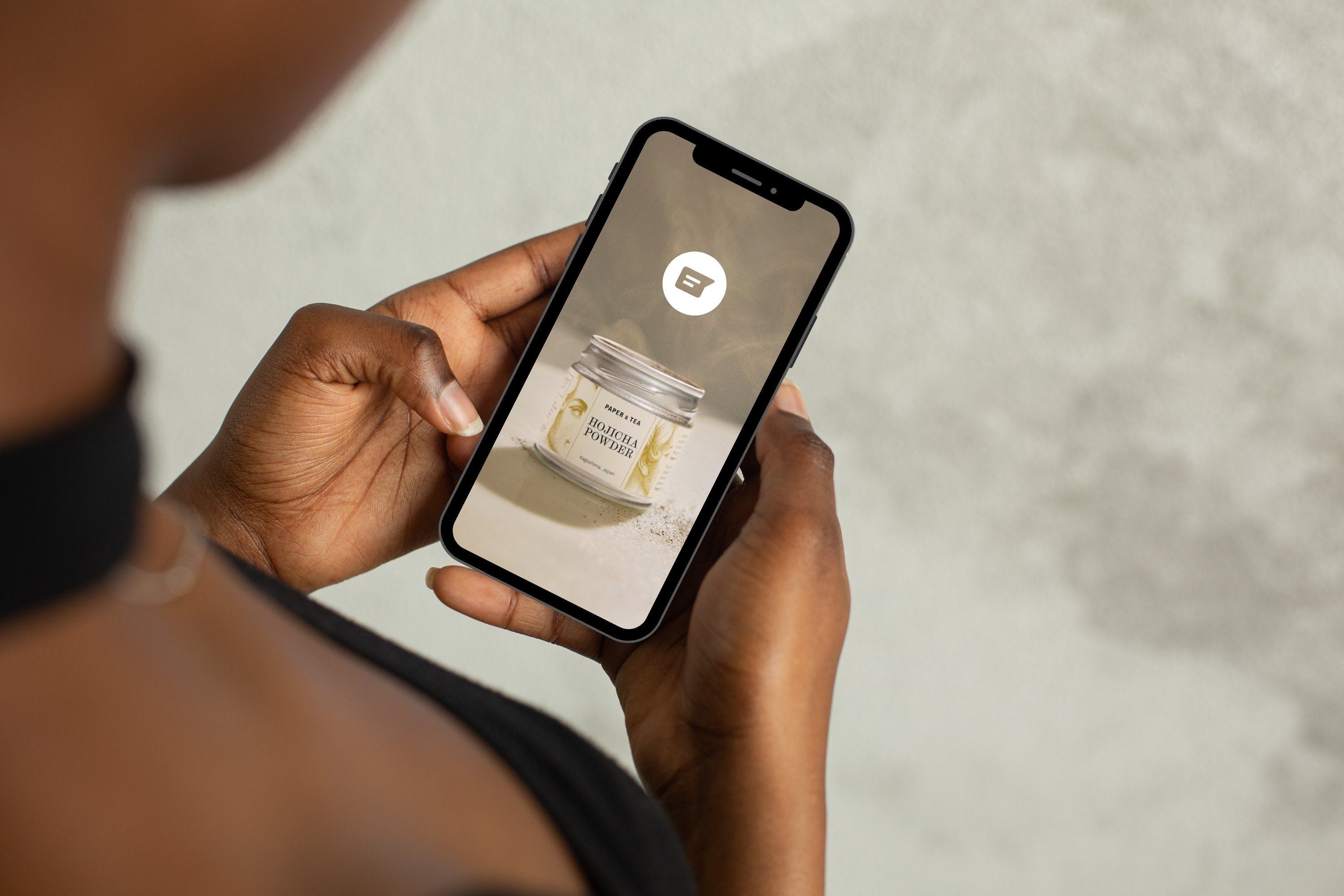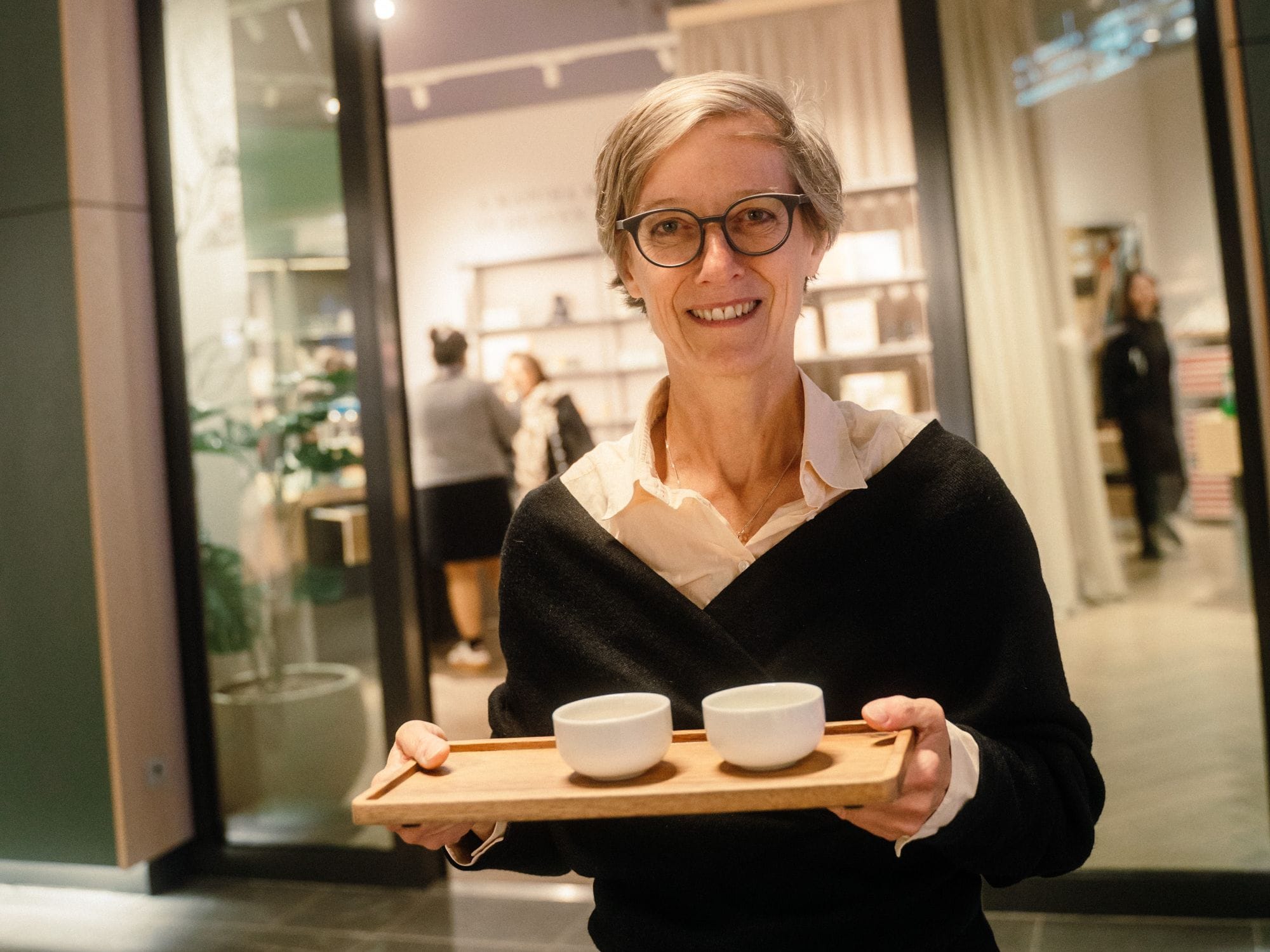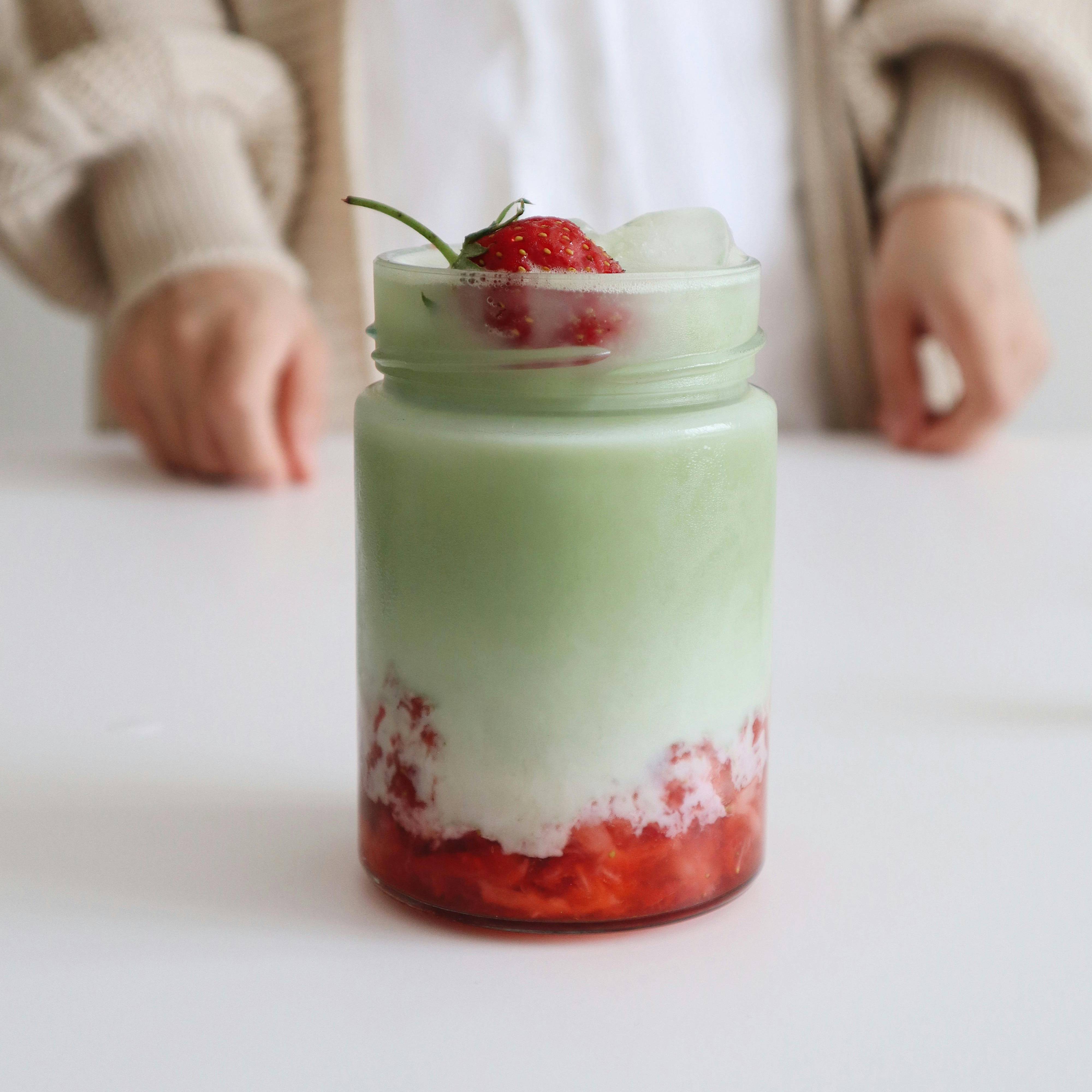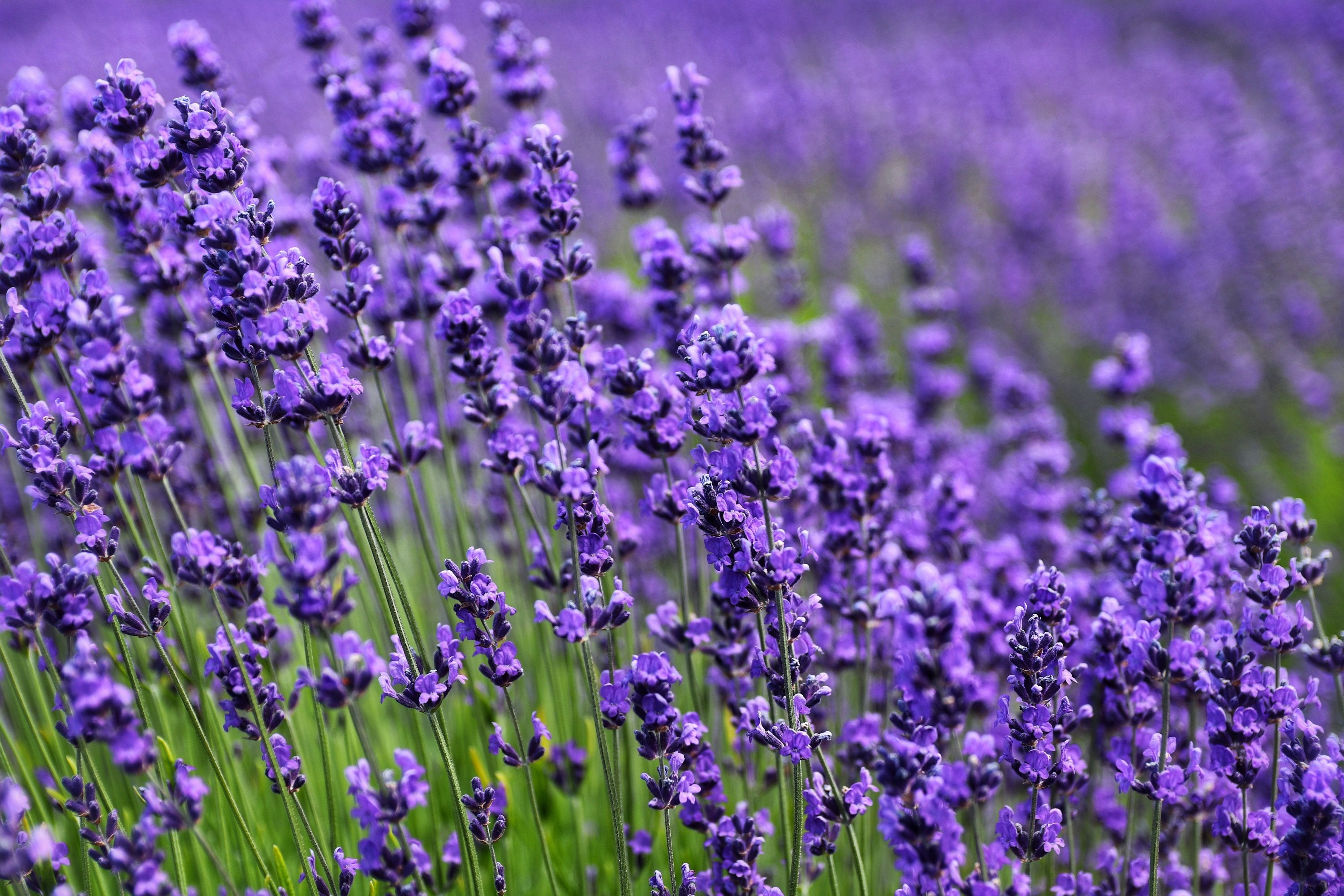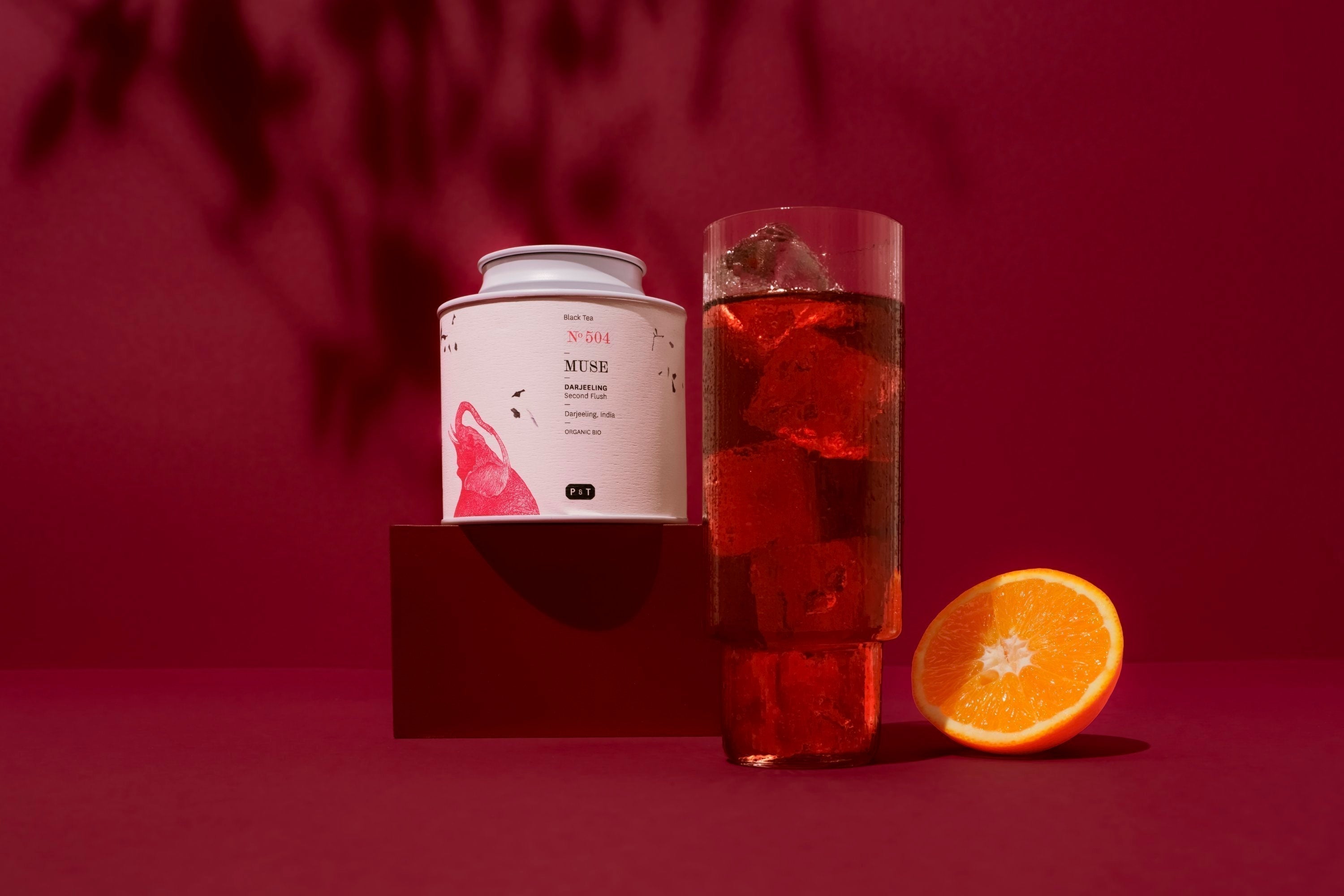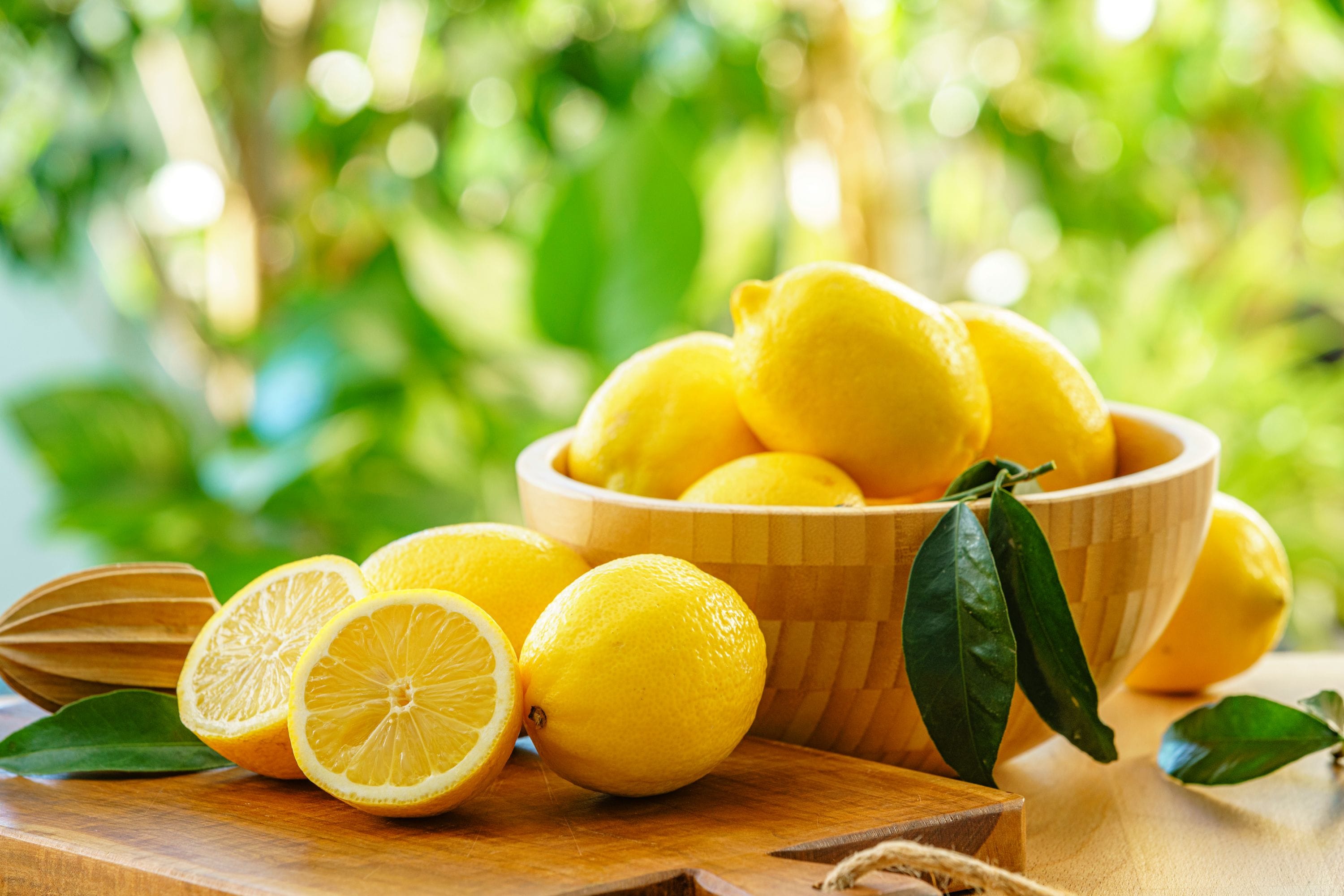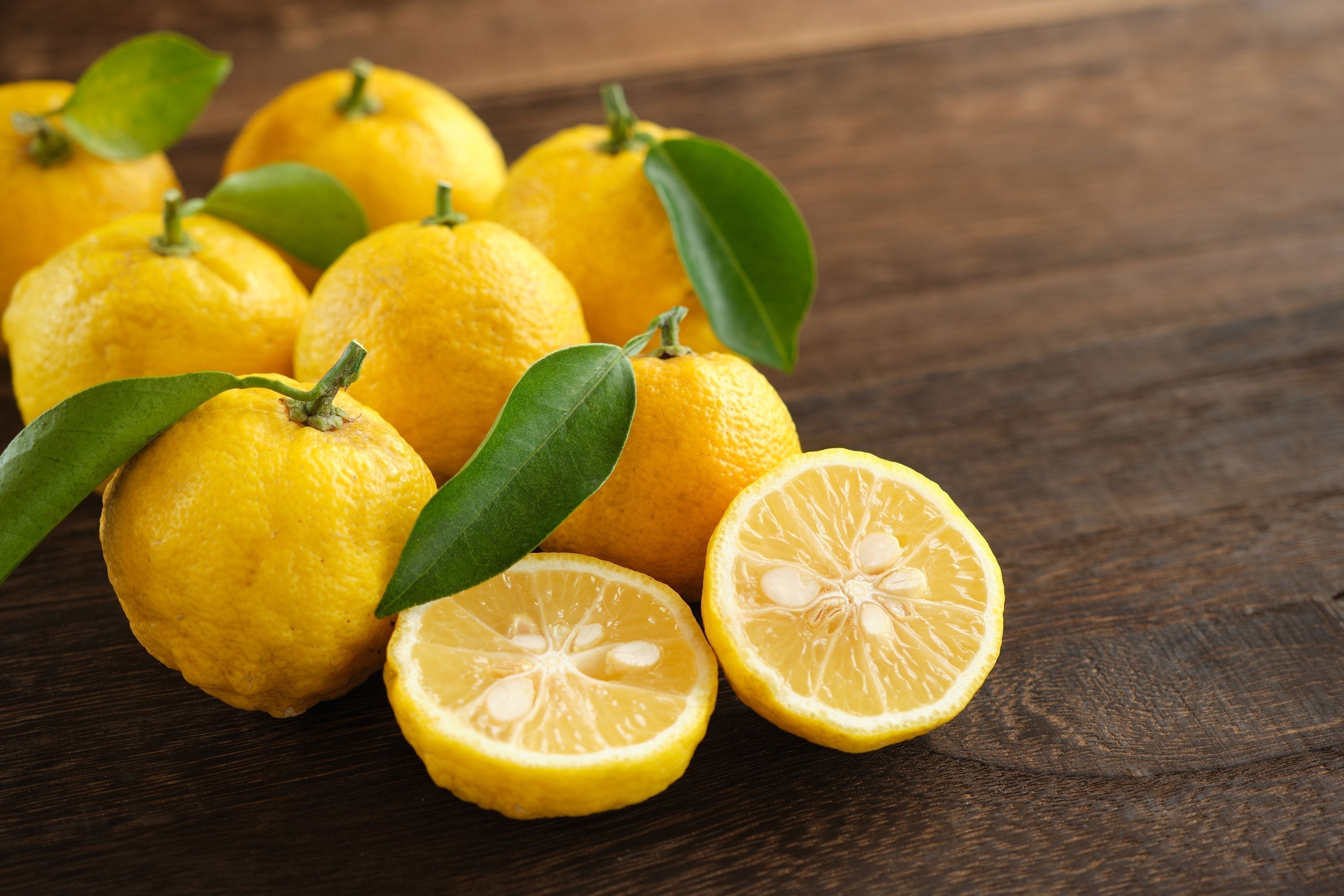The Orange Unveiled: A Juicy Description
Orange trees are evergreen plants that primarily grow in subtropical and Mediterranean regions. The fruits take several months to ripen before being harvested. The peel is particularly valuable as it releases an intense, fruity-spicy aroma once dried. The peel contains oil glands that give off the characteristic aromatic fragrance. Oranges offer a harmonious balance of sweetness and slight acidity, while the peel adds a slightly bitter, citrusy note.
In culinary uses, the peel, orange blossoms, or natural orange aroma, which is obtained from the essential oils in the peel, are most commonly used. In tea blends, orange peels add freshness, depth, and natural sweetness. They pair particularly well with spices like cinnamon and cloves or floral ingredients like hibiscus and rose petals. We often associate the scent of oranges with the festive atmosphere of Christmas.
From China to the Mediterranean – The Orange's History
While we often associate oranges with the Mediterranean region today, their history actually begins in China, where they were cultivated over 4,000 years ago. Initially, the bitter orange made its way to Europe in the 11th century and quickly gained popularity. The luxurious fruit was nurtured in the courtly gardens of the Renaissance in so-called orangeries. The modern orange as we know it originates from South China, a hybrid of the mandarin and pomelo. The northern German name "Apfelsine" means "apple from China," hinting at its origins. It wasn’t until the 15th century that it arrived in Portugal through Arab merchants and then spread throughout Europe. In the Middle Ages, dried orange peels were already being used in medicine. It was only with the spread of the sweet orange from the 15th century onwards that oranges became known and appreciated as a food.
Did you know? Fascinating Facts
- Not all oranges are orange: When they ripen in tropical climates, they often remain green, but are still perfectly edible and delicious!
- Popular beverage: More than 75% of cultivated oranges are processed into juice.
- The world's largest producer of oranges is Brazil, followed by India, with China, their country of origin, coming in third.
- The essential oil from orange peels is used not only in tea but also in perfumes and aromatherapy.
- The white layer between the flesh and the peel, known as the mesocarp, contains many valuable secondary plant compounds.

